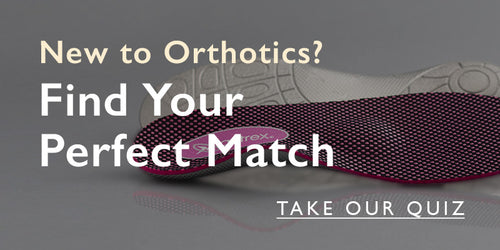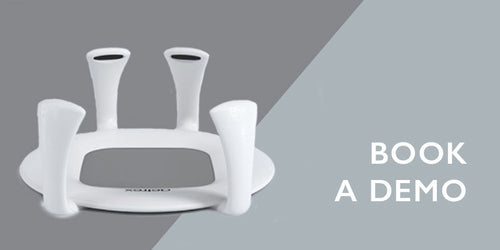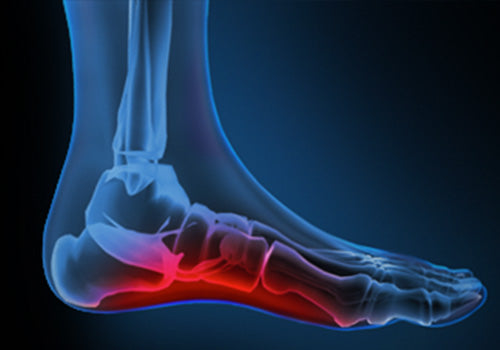Shop for
Bunions
Arch Pain
Heel Pain
Our feet are unique, and their needs vary.
By shopping based on your specific foot condition, you can
find orthotics that provide optimal comfort and support.
Shop by Condition
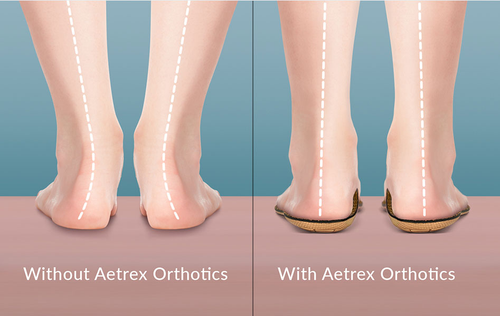
Overpronation
Overpronation, or flat feet, is a common biomechanical problem that occurs in the walking process when a person’s arch collapses upon weight bearing. This motion can cause extreme stress or inflammation on the plantar fascia, potentially causing discomfort and leading to other foot problems.
Diabetes
Diabetes is a serious disease that can develop from lack of insulin production in the body or due to the inability of the body’s insulin to perform its normal everyday functions. Insulin is a substance produced by the pancreas gland that helps process the food we eat and turn it into energy. Diabetes affects approximately 38 million Americans and is classified into 2 different types: Type 1 and Type 2. Type 1 is usually associated with juvenile diabetes and is often linked to heredity. Type 2, commonly referred to as adult onset diabetes, is characterized by elevated blood sugars, often in people who are overweight or have not attended to their diet properly. Many complications can be associated with diabetes. Diabetes disrupts the vascular system, affecting many areas of the body such as the eyes, kidneys, legs, and feet. People with diabetes should always pay special attention to their feet.
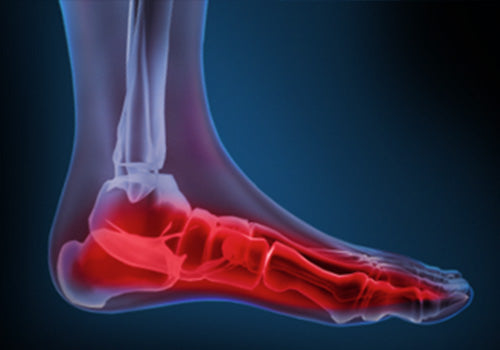
Pregnancy and Your Feet
Pregnancy triggers many different changes in a woman’s body. Due to the natural weight gain during pregnancy, a woman’s center of gravity is completely altered. This causes a new weight-bearing stance and added pressure to the knees and feet. Two of the most common foot problems experienced by pregnant woman are over-pronation and edema. These problems can lead to pain at the heel, arch, or the ball-of-foot. Because of this, it is important for all pregnant women to learn more about foot health during their pregnancy to help make this nine month period more comfortable.
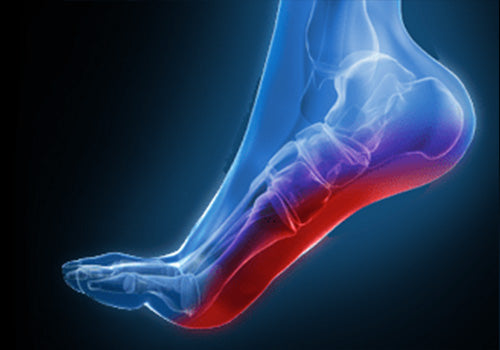
Plantar Fasciitis
Plantar Fasciitis is an inflammation caused by excessive stretching of the plantar fascia. The plantar fascia is a broad band of fibrous tissue which runs along the bottom surface of the foot, attaching at the bottom of the calcaneus (heel bone) and extending to the forefoot. When the plantar fascia is excessively stretched, this can cause plantar fasciitis, which can also lead to heel pain, arch pain, and even heel spurs.
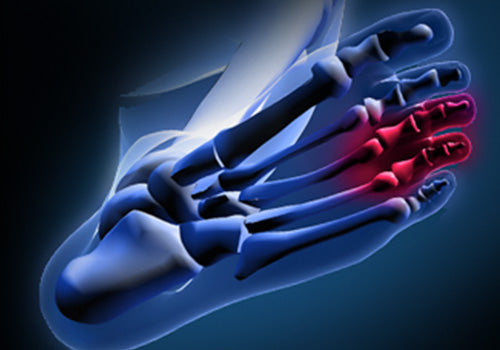
Morton's Neuroma
Morton’s Neuroma is a common foot problem associated with pain, swelling and/or an inflammation of a nerve, usually at the ball-of-the-foot between the 3rd and 4th toes. Symptoms of this condition include sharp pain, burning, and possibly even a lack of feeling in the affected area. Morton’s Neuroma may also cause numbness, tingling, or cramping in the forefoot.
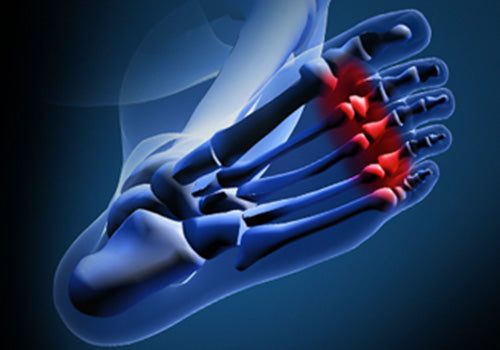
Metatarsalgia
Metatarsalgia is a general term used to denote a pain in the metatarsal region of the foot (the area just before the toes, more commonly referred to as the ball-of-the-foot). This is a common foot problem that can affect the bones and joints at the ball-of-the-foot. Metatarsalgia (ball-of-foot-pain) is often located under the 2nd, 3rd, and 4th metatarsal heads, or more isolated at the first metatarsal head (near the big toe).
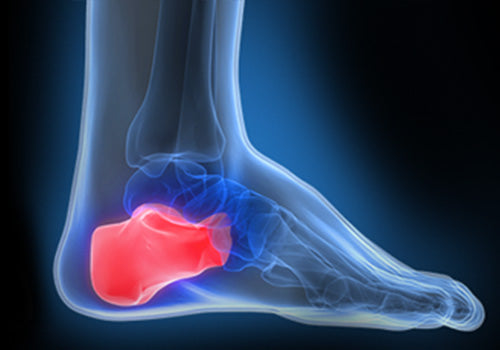
Heel Spurs
The calcaneus (heel bone) is the largest bone in the foot and absorbs the most amount of shock and pressure. A heel spur develops as an abnormal growth of the heel bone. Calcium deposits form when the plantar fascia pulls away from the heel area, causing a bony protrusion, or heel spur. The plantar fascia is a broad band of fibrous tissue located along the bottom surface of the foot that runs from the heel to the forefoot. Heel spurs can cause extreme pain in the rearfoot, especially while standing or walking.
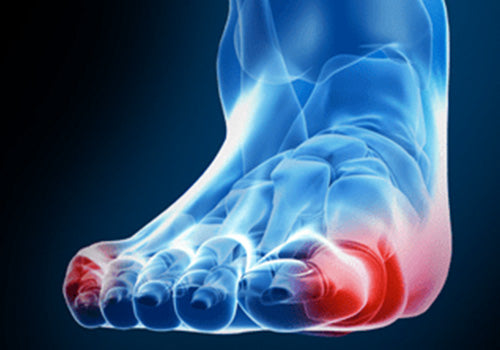
Bunions
Bunions, referred to in the medical community as Hallux Valgus, are one of the most common forefoot problems. A bunion is a prominent bump on the inside of the foot around the big toe joint. This bump is actually a bone protruding towards the inside of the foot. With the continued movement of the big toe toward the smaller toes, it is common to find the big toe resting under or over the second toe. This can cause a common forefoot condition called overlapping toes. Some of the symptoms of bunions include inflammation, swelling, and soreness on the side surface of the big toe. The discomfort commonly causes a patient to walk improperly. Another type of bunion which some individuals experience is called a Tailor’s Bunion, also known as a Bunionette. This forms on the outside of the foot toward the joint at the 5th toe. It is a smaller bump that forms due to the 5th toe moving inward, toward the big toe.
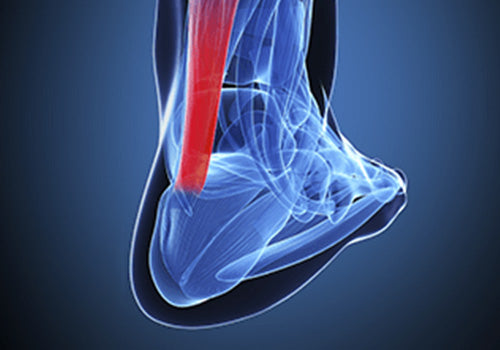
Achilles Tendonitis
Achilles tendonitis is inflammation of the Achilles tendon and can lead to degeneration. The achilles tendon is the large tendon located in the back of the leg that inserts into the heel. The pain caused by achilles tendonitis can develop gradually without a history of trauma. The pain can be a shooting pain, burning pain, or even an extremely piercing pain. Achilles tendonitis should not be left untreated due to the danger that the tendon can become weak and ruptured.
Showing 11 of 11 Articles



